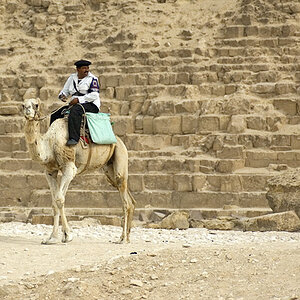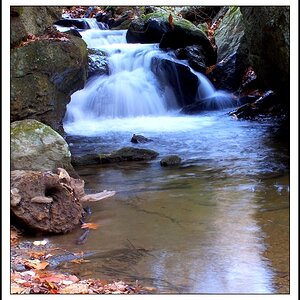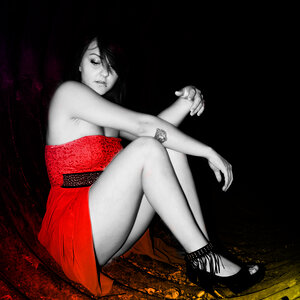DaveAndHolly219
TPF Noob!
- Joined
- Mar 4, 2017
- Messages
- 121
- Reaction score
- 20
- Can others edit my Photos
- Photos OK to edit
There are two “flavors” of lens I’ve been wanting for a while. A true 1:1 macro lens, and a fast prime lens for portraits. What I’m wondering is if there’s a lens out there that will do both, so that I can kill two birds with one stone, so to speak. Perhaps a 105mm f/2.8 AF-D?
The lens would be used primarily on my D7000 and occasionally on my backup D90.
Budget is somewhat flexible, but under $450 would be ideal. I typically buy used, as I like getting the most bang for my buck.
Doesn’t have to be a Nikkor. Sigma etc. is fine if the quality/price is right.
The lens would be used primarily on my D7000 and occasionally on my backup D90.
Budget is somewhat flexible, but under $450 would be ideal. I typically buy used, as I like getting the most bang for my buck.
Doesn’t have to be a Nikkor. Sigma etc. is fine if the quality/price is right.


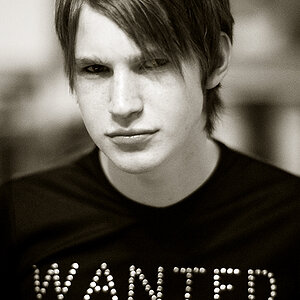
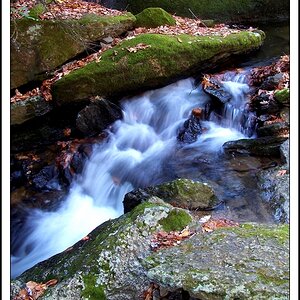
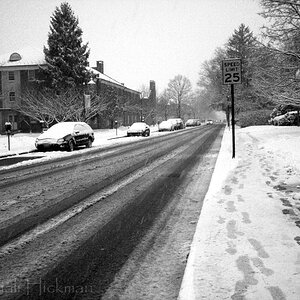


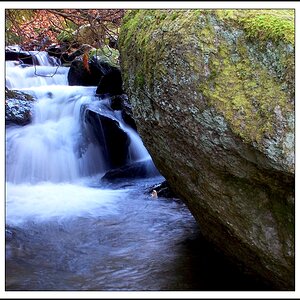
![[No title]](/data/xfmg/thumbnail/39/39291-a89dc472765e04f66f617dd9acc8030d.jpg?1619738958)
![[No title]](/data/xfmg/thumbnail/37/37525-e6d8ac7dbf90f97648e351449fc9330f.jpg?1619738130)
